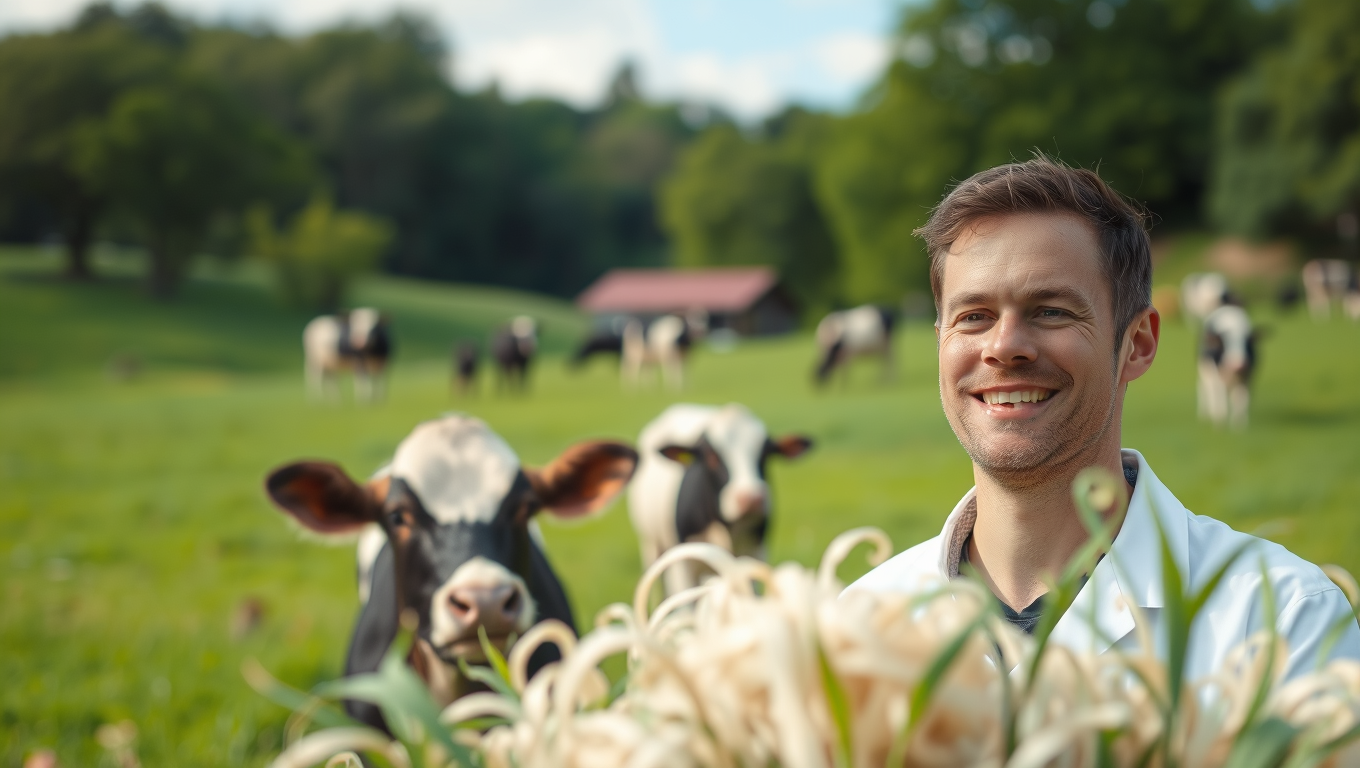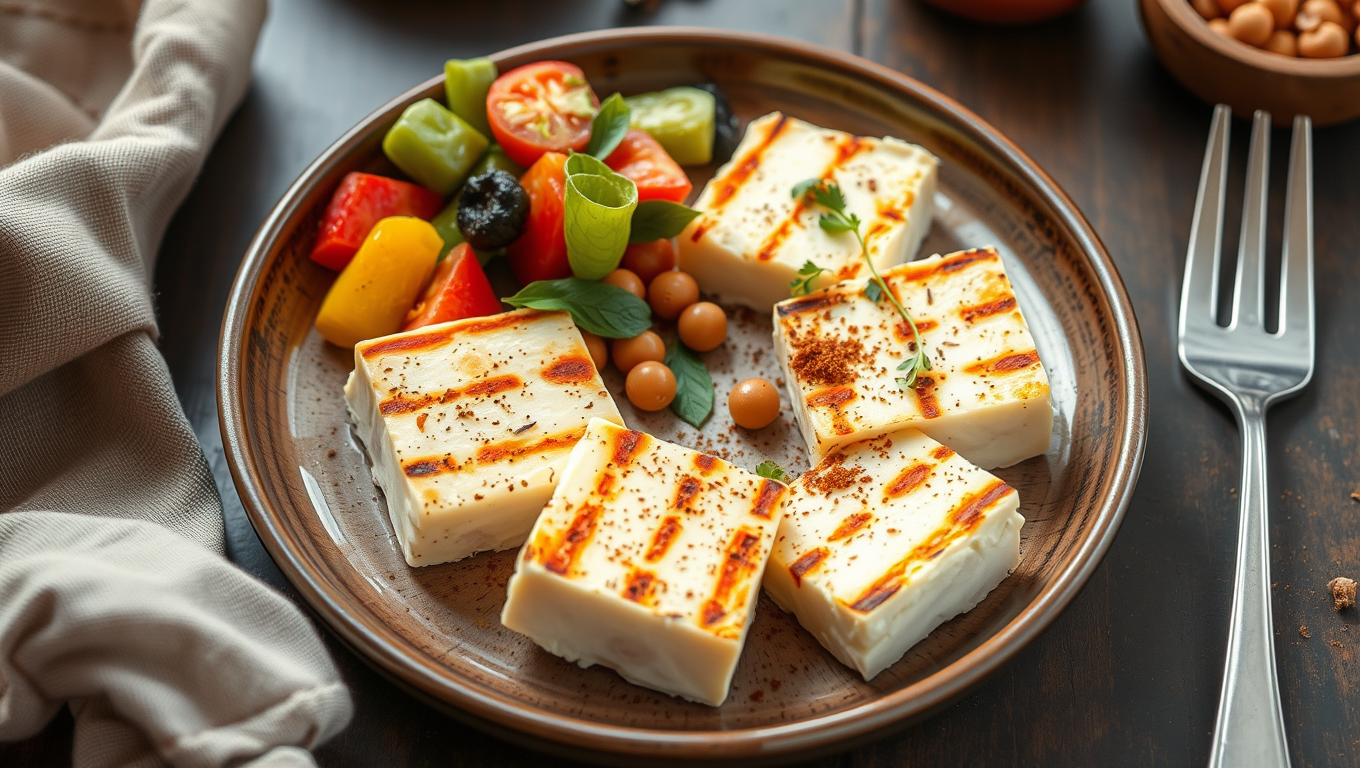While we try to keep things accurate, this content is part of an ongoing experiment and may not always be reliable.
Please double-check important details — we’re not responsible for how the information is used.
Cows, Sheep, Pigs
Olympic Anti-Doping Lab Uncovers Safety of US Meat Supply
Scientists turned their sophisticated analytical capabilities for testing athlete samples for performance-enhancing drugs to research examining the U.S. meat supply. The study was designed to investigate concerns that residues of growth promoters used in meat production could potentially cause athletes to test positive.

Agriculture and Food
Feat of ‘Dung-Gineering’: Turning Cow Manure into a Sustainable Resource
A new technique to extract tiny cellulose strands from cow dung and turn them into manufacturing-grade cellulose, currently used to make everything from surgical masks to food packaging, has been developed.
Agriculture and Food
“A Sustainable Solution: Researchers Create Hybrid Cheese with 25% Pea Protein”
A significant amount of the milk used in a popular cooking cheese can be substituted with plants, all while maintaining its taste and texture. Researchers have demonstrated this by creating a hybrid version of paneer, a popular South Asian cheese, with twenty-five percent pea protein. The result is a solid step towards more sustainable dairy products with nutritional benefits.
-

 Detectors8 months ago
Detectors8 months agoA New Horizon for Vision: How Gold Nanoparticles May Restore People’s Sight
-

 Earth & Climate9 months ago
Earth & Climate9 months agoRetiring Abroad Can Be Lonely Business
-

 Cancer8 months ago
Cancer8 months agoRevolutionizing Quantum Communication: Direct Connections Between Multiple Processors
-

 Albert Einstein9 months ago
Albert Einstein9 months agoHarnessing Water Waves: A Breakthrough in Controlling Floating Objects
-

 Earth & Climate8 months ago
Earth & Climate8 months agoHousehold Electricity Three Times More Expensive Than Upcoming ‘Eco-Friendly’ Aviation E-Fuels, Study Reveals
-

 Diseases and Conditions9 months ago
Diseases and Conditions9 months agoReducing Falls Among Elderly Women with Polypharmacy through Exercise Intervention
-

 Chemistry8 months ago
Chemistry8 months ago“Unveiling Hidden Patterns: A New Twist on Interference Phenomena”
-

 Agriculture and Food9 months ago
Agriculture and Food9 months ago“A Sustainable Solution: Researchers Create Hybrid Cheese with 25% Pea Protein”




























